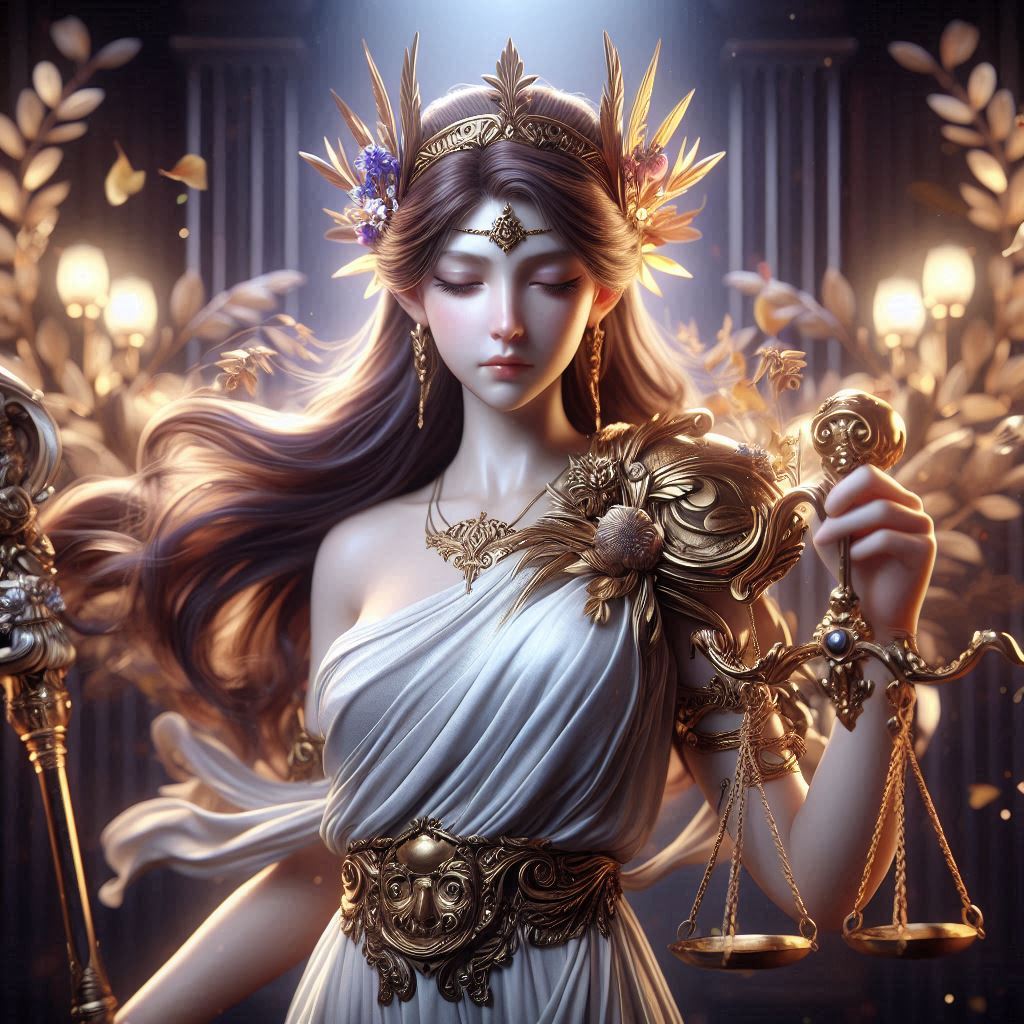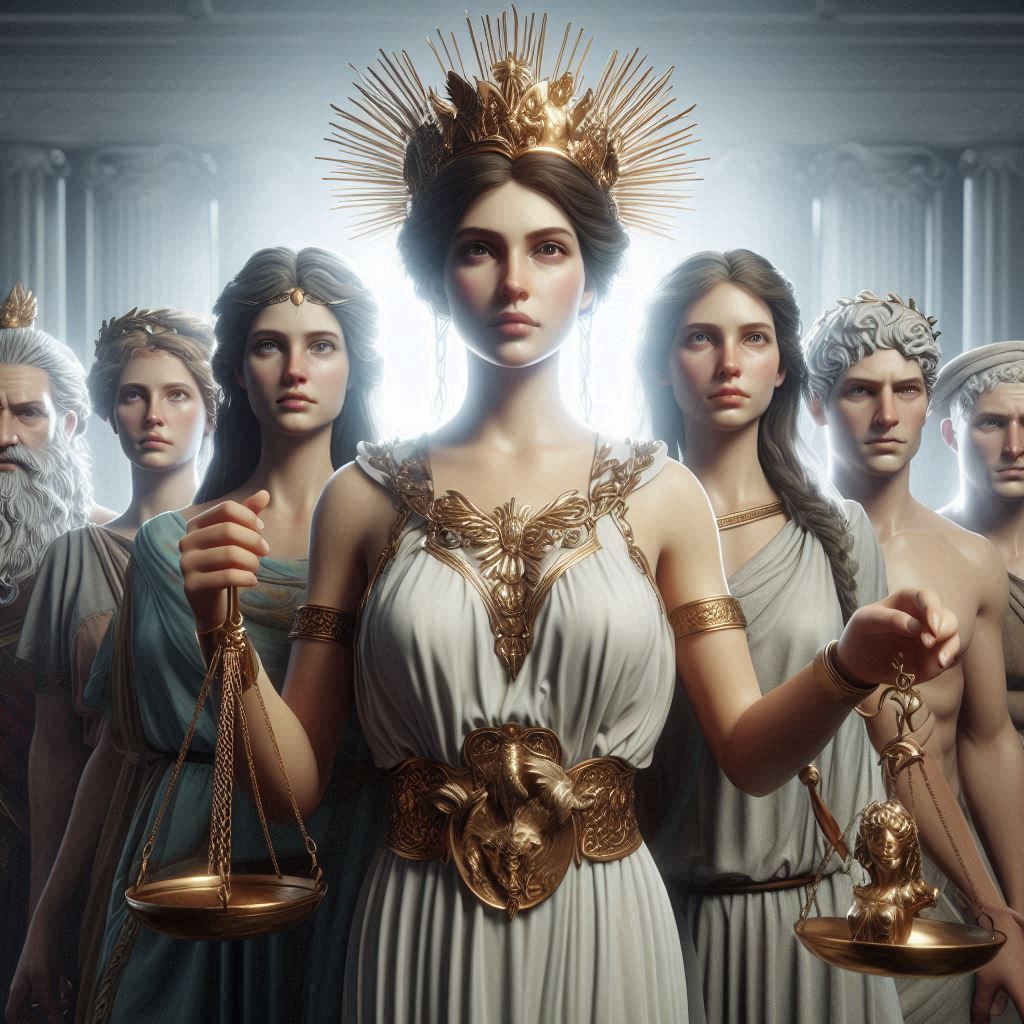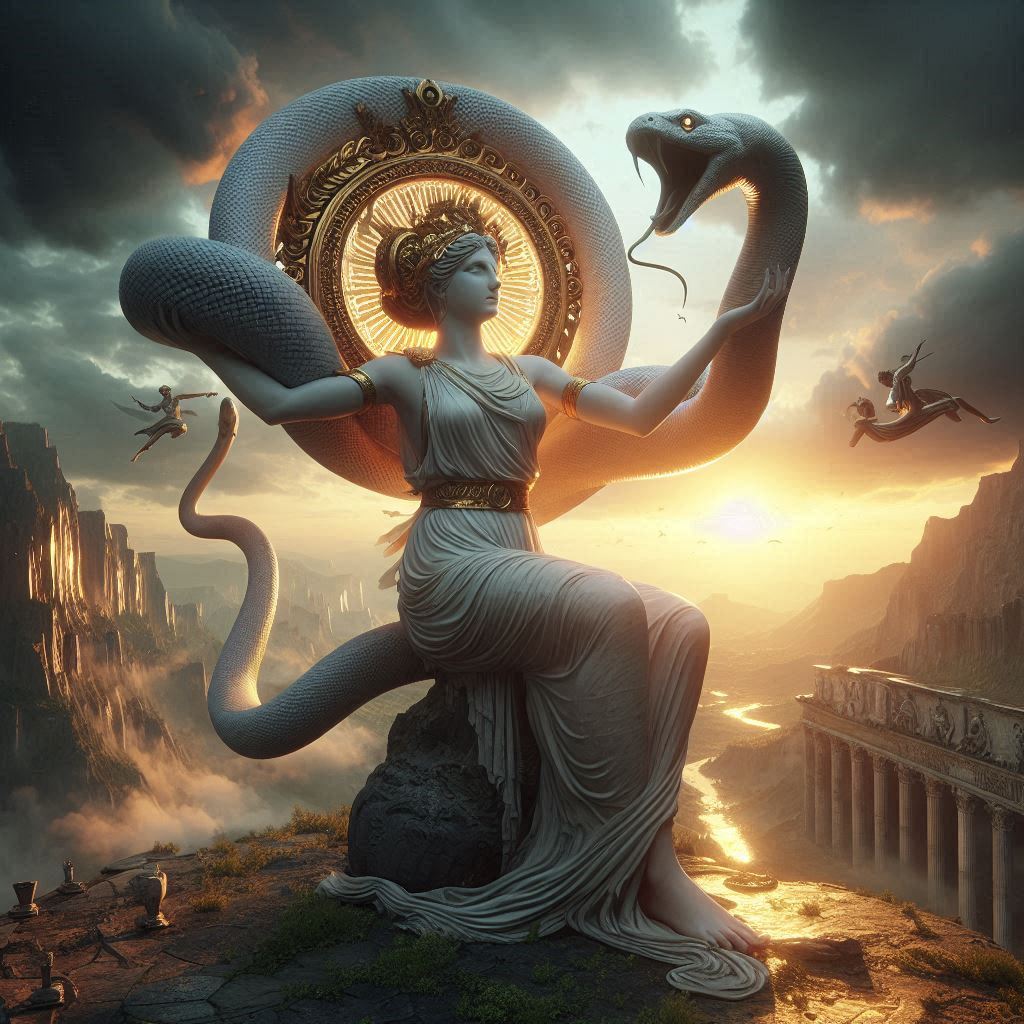Table of Contents
The Novel of the 18th Century in France
The 18th century in France was a period of profound intellectual and cultural transformation, marked by the Enlightenment, which emphasized reason, individualism, and skepticism of traditional authority. The novel, as a literary form, flourished during this time, evolving from earlier romance traditions into a more realistic and socially engaged genre. Writers experimented with narrative techniques, themes of love and morality, and critiques of society, making the 18th-century French novel a vital precursor to modern fiction.

The Rise of the Novel in France
Before the 18th century, French literature was dominated by poetry, drama, and heroic romances. However, the growing middle class, increased literacy, and the popularity of printed books created a demand for prose fiction. The novel became a medium for exploring human psychology, social injustices, and philosophical ideas.
Key Characteristics of 18th-Century French Novels
- Realism and Psychological Depth – Unlike the idealized characters of earlier romances, 18th-century novels depicted more believable individuals with complex emotions.
- Epistolary Form – Many novels were written in letters (epistolary style), allowing for intimate first-person perspectives.
- Social and Philosophical Critique – Authors used fiction to question religion, aristocracy, and gender roles.
- Exploration of Love and Morality – Themes of passion, virtue, and corruption were central to many novels.
Major Novelists and Their Works
1. Montesquieu (1689–1755)
Although primarily a philosopher, Montesquieu’s Persian Letters (1721) was a groundbreaking epistolary novel. It satirized French society through the eyes of two Persian travelers, critiquing institutions like the monarchy and the Catholic Church.
2. Voltaire (1694–1778)
Voltaire’s Candide (1759) was a philosophical novella that mocked optimism (as represented by Leibniz’s philosophy) through the misadventures of its naïve protagonist. Its sharp wit and critique of societal flaws made it a hallmark of Enlightenment literature.
3. Denis Diderot (1713–1784)
Diderot, a leading philosophe, wrote Jacques the Fatalist (1796), a novel that played with narrative structure and free will. His The Nun (1796) exposed the oppressive conditions in convents, reflecting Enlightenment anti-clericalism.
4. Jean-Jacques Rousseau (1712–1778)
Rousseau’s Julie, or the New Heloise (1761) was a hugely influential epistolary novel that explored romantic passion and moral conflict. His Confessions (published posthumously) pioneered autobiographical fiction.
5. Pierre Choderlos de Laclos (1741–1803)
Dangerous Liaisons (1782) was a masterpiece of epistolary fiction, depicting aristocratic manipulation and seduction. Its psychological realism and moral ambiguity made it a precursor to modern novels.
6. Abbé Prévost (1697–1763)
Manon Lescaut (1731) was a tragic love story that explored themes of desire and redemption, influencing later Romantic literature.
Themes and Innovations
- Critique of Society – Many novels attacked the hypocrisy of the aristocracy, the church, and social conventions.
- Focus on Individual Experience – The rise of first-person narratives reflected Enlightenment ideals of personal freedom.
- Experimentation with Form – The epistolary novel, fragmented narratives, and unreliable narrators became common.
Legacy of the 18th-Century French Novel
The innovations of 18th-century French fiction did not merely shape literary trends of the time; they laid the groundwork for the modern novel and influenced broader cultural and political movements. The shift from idealized romances to psychologically complex, socially engaged narratives marked a turning point in literature, with lasting effects on realism, narrative techniques, and even revolutionary ideology.
1. Paving the Way for Realism and the Modern Novel
The 18th-century novel’s emphasis on individual experience, moral ambiguity, and social critique anticipated the rise of 19th-century realism. Writers like Honoré de Balzac, Gustave Flaubert, and Stendhal drew directly from their predecessors:
- Balzac’s La Comédie Humaine (1830–1850) mirrored the Enlightenment novel’s ambition to depict society in its entirety, blending psychological depth with sociological observation.
- Flaubert’s Madame Bovary (1856) expanded on the psychological realism found in Manon Lescaut and Julie, or the New Heloise, portraying the tragic consequences of romantic idealism.
- Stendhal’s The Red and the Black (1830) continued the tradition of social satire seen in Voltaire and Diderot, critiquing post-revolutionary France with sharp irony.
The epistolary form, perfected by Rousseau and Laclos, evolved into stream-of-consciousness narration in modernist works, while the unreliable narrator—seen in Diderot’s Jacques the Fatalist—became a key device in later fiction.
2. Influence on Revolutionary Thought
The novel was not just an artistic form but a vehicle for Enlightenment ideals, contributing to the intellectual climate that fueled the French Revolution (1789).
- Critique of Authority: Works like Persian Letters and Candide undermined the legitimacy of the monarchy and the Church, fostering skepticism among readers.
- Advocacy for Individual Rights: Rousseau’s Julie and The New Heloise emphasized personal freedom and emotion over rigid social hierarchies, aligning with revolutionary calls for liberty.
- Exposure of Corruption: Novels like The Nun and Dangerous Liaisons revealed institutional abuses, making literature a tool for social reform.
Many revolutionaries, including Robespierre and Danton, were influenced by Enlightenment literature, demonstrating how fiction could shape political consciousness.
3. Global and Enduring Influence
The 18th-century French novel’s impact extended beyond France:
- England: Samuel Richardson’s Pamela (1740) and later Gothic novels borrowed from French sentimental and epistolary traditions.
- Russia: Dostoevsky and Tolstoy adopted psychological realism and moral questioning seen in Rousseau and Prévost.
- Modern Literature: Postmodern writers like Italo Calvino and Milan Kundera have referenced Candide and Jacques the Fatalist for their playful, philosophical narratives.
Even today, the novel as a form of social critique—seen in works by authors like Michel Houellebecq—owes much to its 18th-century origins.
The 18th-century French novel was more than entertainment; it was a cultural force that redefined storytelling, challenged power structures, and shaped modern literature. By blending philosophy with fiction, it not only anticipated realism but also contributed to the ideological shifts that transformed Europe. Its legacy endures in the novel’s continued role as a mirror to society and a catalyst for change.
Conclusion
The 18th-century French novel was a dynamic and transformative literary force, blending storytelling with philosophical inquiry. Through satire, emotional depth, and social critique, novelists of this era reshaped literature, leaving a lasting legacy that continues to influence fiction today.


No responses yet